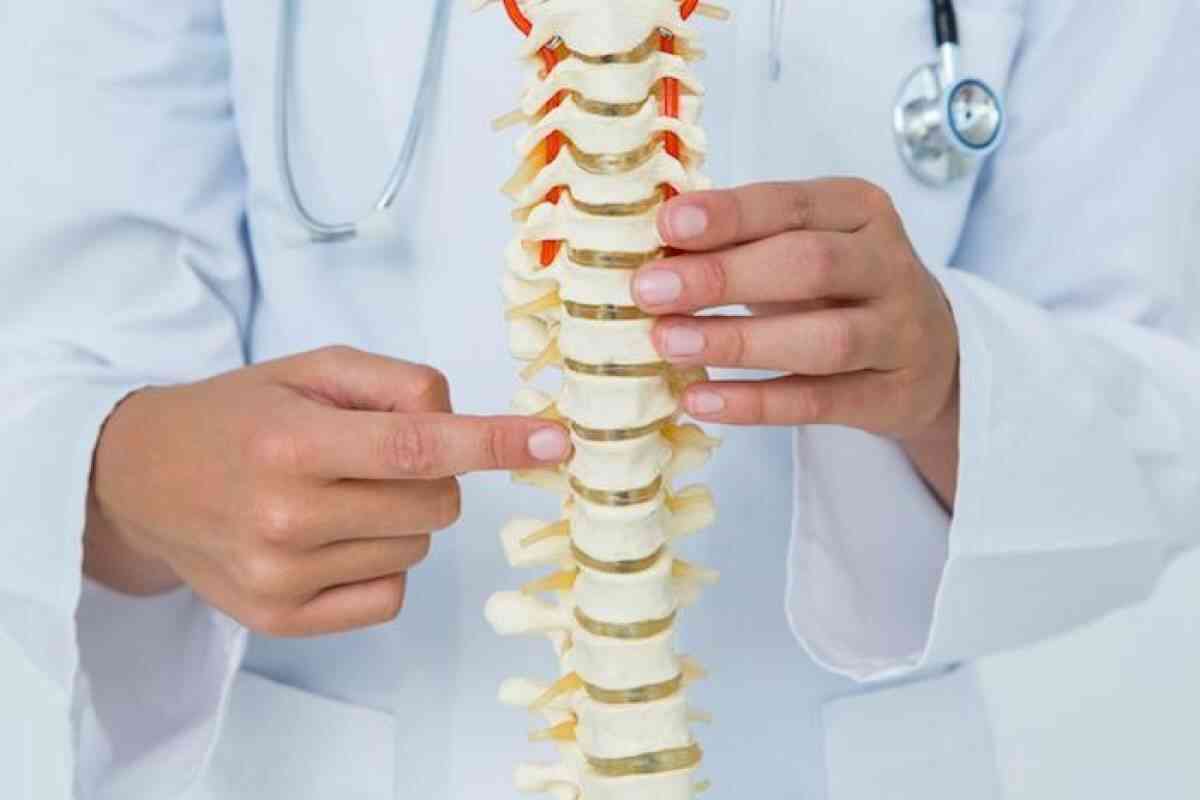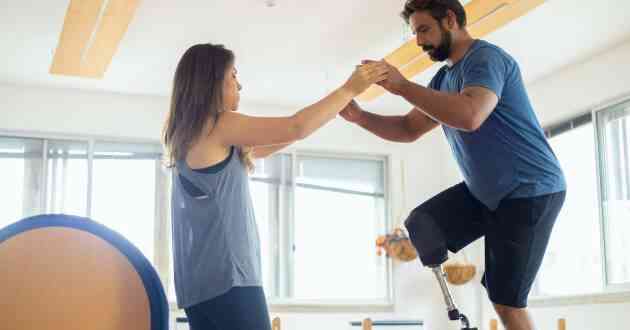What To Expect After Disc Replacement Surgery?
- - Category: Diseases & Conditions
- - 25 May, 2023
- - Views: 293
- Save

Disc Replacement Surgery
Cervical disc replacement recovery is often faster than cervical spinal fusion recovery. However, healing can take several weeks. We go through the most critical information you need to know about the recovery process.
Recovery time
Cervical disc replacement recovery is the period during which your body heals and transforms into its new self. Recovery times vary, but the faster your body heals, the faster you will recover. Keeping your body hydrated and well-nourished provides the building blocks your cells and tissues require to restore you to peak health. Recovery after artificial disc replacement (ADR) also depends on avoiding things that can postpone recovery, such as smoking or putting extra strain on your neck. Self-care is possibly the most important driver of healing time. The more attentive you are to your body, the quicker it will mend.
The day of cervical ADR surgery
Before you even wake up after disc replacement surgery, you will be sent to a post-anesthesia care facility. Staff will ensure that you are breathing normally and that your pain is under control. Some people have difficulties swallowing, although this is generally temporary and will be addressed by professionals. The vast majority of patients are treated in an outpatient environment, and most are discharged home within 4-6 hours of surgery.
The first day at home
Although some surgeons recommend wearing a cervical collar for a few days following cervical artificial disc replacement. Most doctors don't usually advise wearing a collar. When driving or traveling in a car, most patients are given a collar to wear. This keeps your neck steady and your surgical wound safe. If you have pain after surgery, this is the time when it can be the most severe. Remember that it is simpler to avoid suffering than it is to eliminate it once it has occurred. So, take your pain medicine exactly as directed.
The first week after cervical ADR
If you have any pain after spine surgery, it should gradually improve throughout the first week of recovery. You should not immerse your surgical wound in water because this increases the risk of infection. Keeping the area clean and renewing the dressing as instructed, on the other hand, are critical elements of the recovery process. During this period, avoid lifting anything heavier than a gallon of milk. If you must travel, ensure sure someone else drives if you are still taking pain medication. It is normally safe to drive oneself if you are not on pain medication.
The second week after cervical ADR
This is the hardest week to foresee. If you are on a rapid recovery plan, your pain will be minor this week, you will regain energy, and you will want to get out and about. You can start doing light exercises during the second week of recovery if your surgeon allows it. Some patients can even resume desk work by the end of the second week. Listen to your body and take it gradually if you're on a slower route.
Weeks 3 to 4 after cervical ADR
Your spine surgeon may ask you to return for a wound check 10-14 days after surgery. Almost all patients discontinue the pain medications recommended on the day of surgery by the third week. In addition, the surgical wound should be completely healed (a tiny scar may remain). Your spine surgeon will evaluate how your spine is healing based on your medical history, physical examination, and sometimes new imaging investigations (e.g., neck X-rays). Remember to ask your spine surgeon when you can resume your normal activities at your first follow-up visit.
Your progress in recovery to this point can assist your surgeon determine the appropriate degree of employment and exercise for you. Most people with desk occupations are back to work at this stage, but those with jobs that demand heavy physical labor may be out for six weeks. During this period, driving and bathing are frequently permitted. Take advantage of physical therapy if your surgeon suggests it since it can improve your overall recovery and long-term function.
Weeks 5 to 6 after cervical ADR
At this stage, you should be able to resume most of your regular activities. If you enjoy jogging, swimming, or golf, you should be able to resume these sports in 6 weeks (with your surgeon's approval). Contact sports, on the other hand, are a different story. Football, hockey, and even basketball decisions are determined on a case-by-case basis. However, by the end of the sixth week of cervical disc replacement recovery, most people can resume full activities at home and work.



